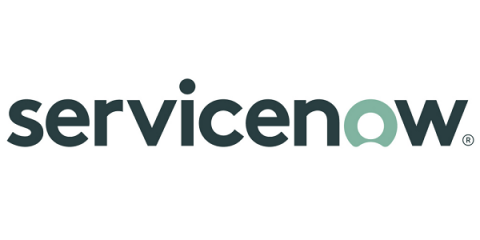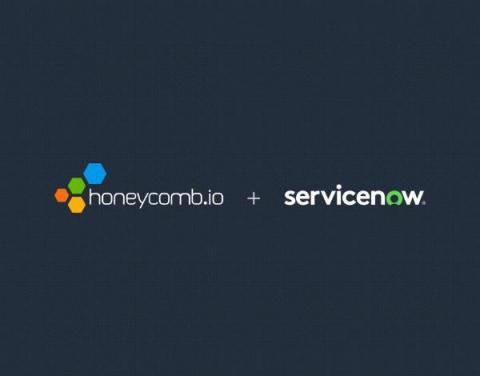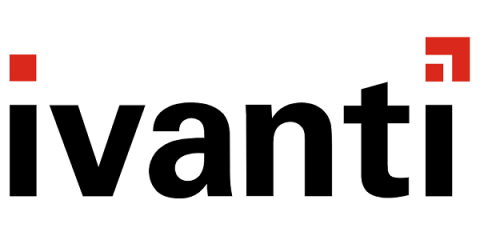Steps to optimize Asset Management for Large Fintech Organizations
In the past three years (post-covid-19), we have seen a major decline in manual processing. Technology is on a boom, there is a major shift in how work was previously done and the way it is done now. If we talk about Financial Institutions, there is a major shift in how the tasks are now performed. Previously they used to rely on their employees for Asset Tracking and Management as they did not have a lot to focus on.










